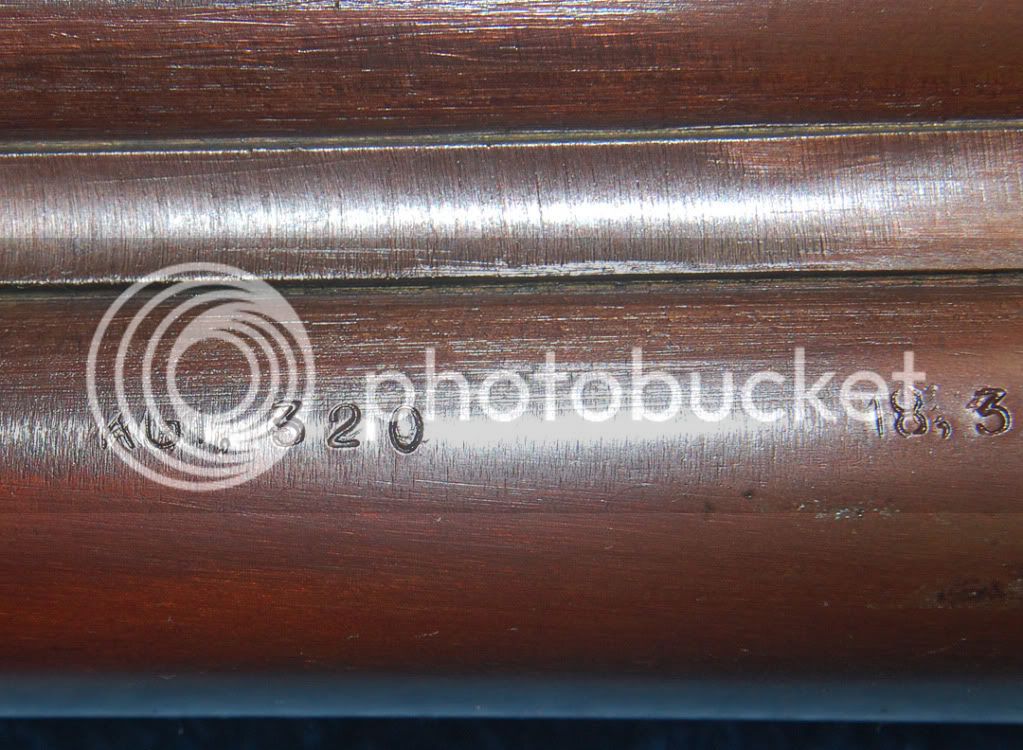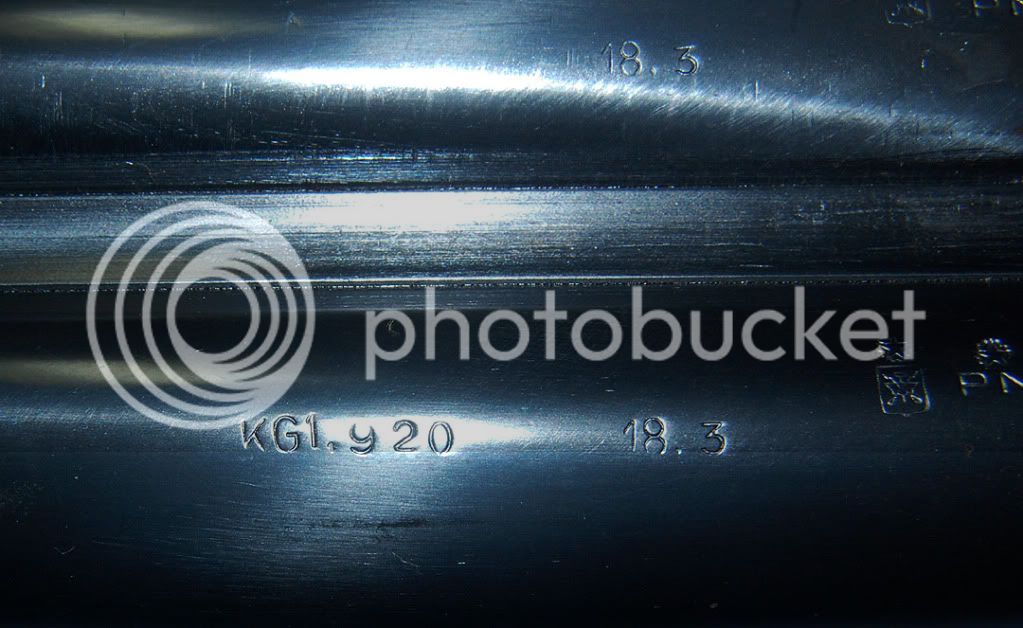I don’t speak Italian, but I’m trying to learn some Italian math. Italian replica shotgun barrels have some confusing numbers stamped on the breech, and I know they would provide us with some useful info if only we could read them. Turns out, I think the problem is that we in the USA never learn to speak metric, but that’s what the Italians use. I’ve been playing with this and thought there might be some interest in discussing the topic.
Here are two Italian SxS percussion shotguns, the first by Pedersoli, the second by Pietta.


Notice that both guns are stamped 18.3 or 18,3. That’s the gauge designator, stated in millimeters. One inch is equal to 25.4 mm, so 18.3 mm is equal to 18.3 ÷ 25.4 or .7205 inch. I believe that is the size Italians use for 12 gauge, and these stamps indicate both guns are 12 gauge exclusive of choke. If you have a gun stamped 18.3, that designates the ID of the basic tube, and you can tell if it’s cylinder or choked by simply measuring the muzzles. If they measure .720” they are cylinder, if anything smaller they are choked.
Each barrel is also stamped with what I interpret as a proof pressure stamp. The Pedersoli barrels are marked KG1,320 and the Pietta KG1,920. Once again, we need to convert from the metric. Where we say “pounds per square inch”, metric speakers say “kilograms per square centimeter, so that KG1,920 means 1,900 kilograms per square centimeter. One kilogram equals 2.2 pounds, so it also says 2.2 x 1,920 or 4224 pounds per square centimeter. One square inch equals 6.4516 square centimeters, so we have 4224 x 6.4516 or 27,251.56 pounds per square inch.
Doing the same exercise for the Pedersoli we would find that it has been proofed to 18,735 psi.
Anyone out there speak metric Italian? Am I on the right track?
Spence
Here are two Italian SxS percussion shotguns, the first by Pedersoli, the second by Pietta.


Notice that both guns are stamped 18.3 or 18,3. That’s the gauge designator, stated in millimeters. One inch is equal to 25.4 mm, so 18.3 mm is equal to 18.3 ÷ 25.4 or .7205 inch. I believe that is the size Italians use for 12 gauge, and these stamps indicate both guns are 12 gauge exclusive of choke. If you have a gun stamped 18.3, that designates the ID of the basic tube, and you can tell if it’s cylinder or choked by simply measuring the muzzles. If they measure .720” they are cylinder, if anything smaller they are choked.
Each barrel is also stamped with what I interpret as a proof pressure stamp. The Pedersoli barrels are marked KG1,320 and the Pietta KG1,920. Once again, we need to convert from the metric. Where we say “pounds per square inch”, metric speakers say “kilograms per square centimeter, so that KG1,920 means 1,900 kilograms per square centimeter. One kilogram equals 2.2 pounds, so it also says 2.2 x 1,920 or 4224 pounds per square centimeter. One square inch equals 6.4516 square centimeters, so we have 4224 x 6.4516 or 27,251.56 pounds per square inch.
Doing the same exercise for the Pedersoli we would find that it has been proofed to 18,735 psi.
Anyone out there speak metric Italian? Am I on the right track?
Spence




